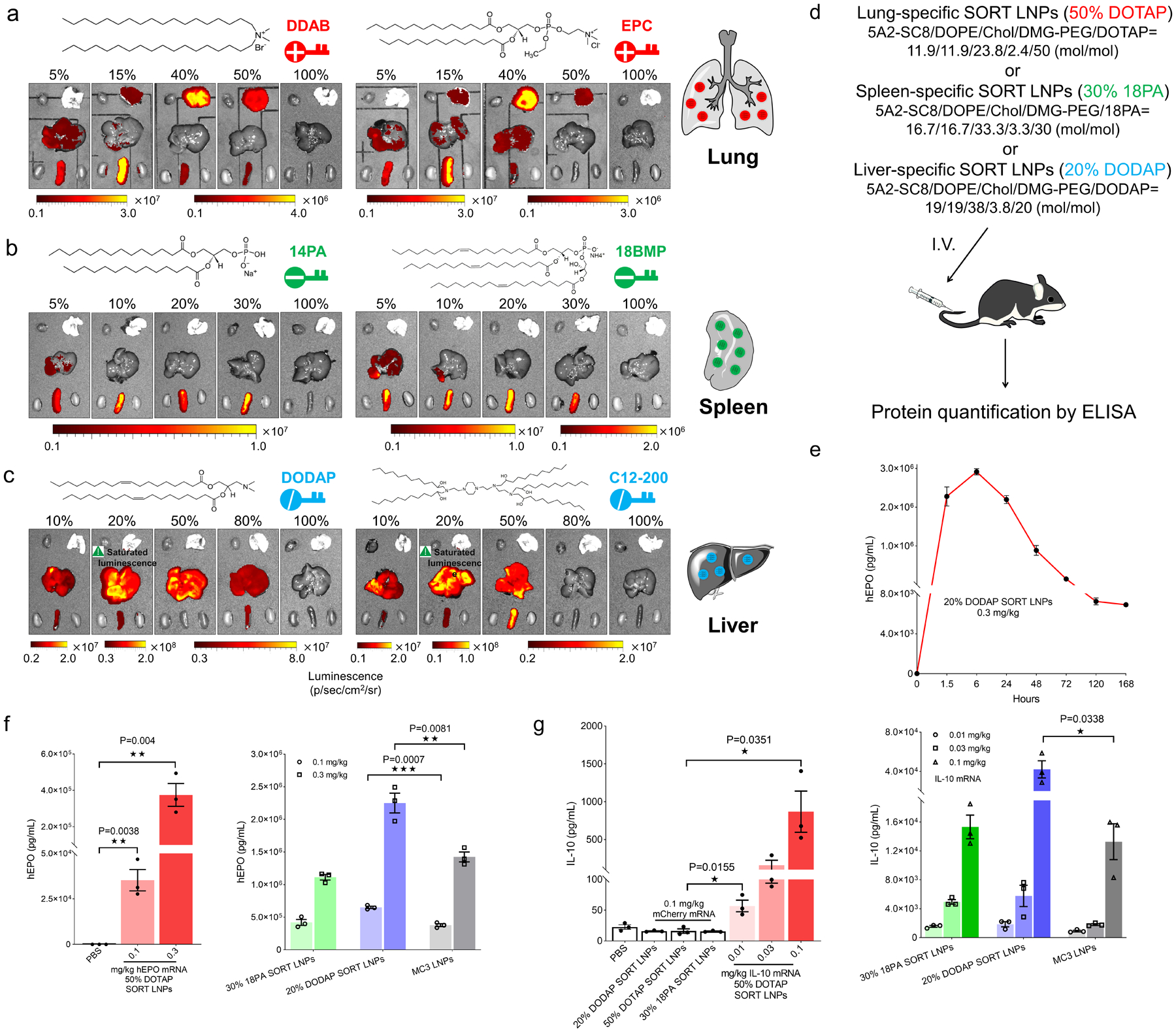Fig. 2 |. SORT relies on general biophysical properties and not exact chemical structures to deliver mRNAs encoding for therapeutically relevant proteins.

a, SORT molecules could be divided into specific groups with defined biophysical properties. Permanently cationic SORT lipids (DDAB, EPC, and DOTAP) all resulted in the same mRNA delivery profile. b, Anionic SORT lipids (14PA, 18BMP, 18PA) all resulted in the same mRNA delivery profile. c, Ionizable cationic SORT lipids with tertiary amino groups (DODAP, C12–200) enhanced liver delivery without luciferase expression in the lungs (0.1 mg/kg, 6h). d, Scheme for mRNA delivery of secreted proteins. e, High levels of hEPO expression persisted for > one week following administration of 0.3 mg/kg hEPO mRNA in 20% DODAP SORT LNPs. Data are presented as mean±s.e.m. (n=3 biologically independent animals). f, hEPO was quantified by ELISA in serum following IV administration of hEPO mRNA in lung-, spleen-, and liver-specific SORT LNPs, and MC3 LNPs. Data are presented as mean±s.e.m. (n=3 biologically independent animals). g, IL-10 was quantified by ELISA in serum following IV administration of mouse IL-10 mRNA in lung-, spleen-, and liver-specific SORT LNPs, and MC3 LNPs. mCherry mRNA SORT formulations and PBS were used as controls. Data are presented as mean±s.e.m. (n=3 biologically independent animals). A two-tailed unpaired t-test was used to determine the significance of the indicated comparisons of data from f and g. (*P < 0.05; **P<0.01; ***P < 0.001; ****P<0.0001).
